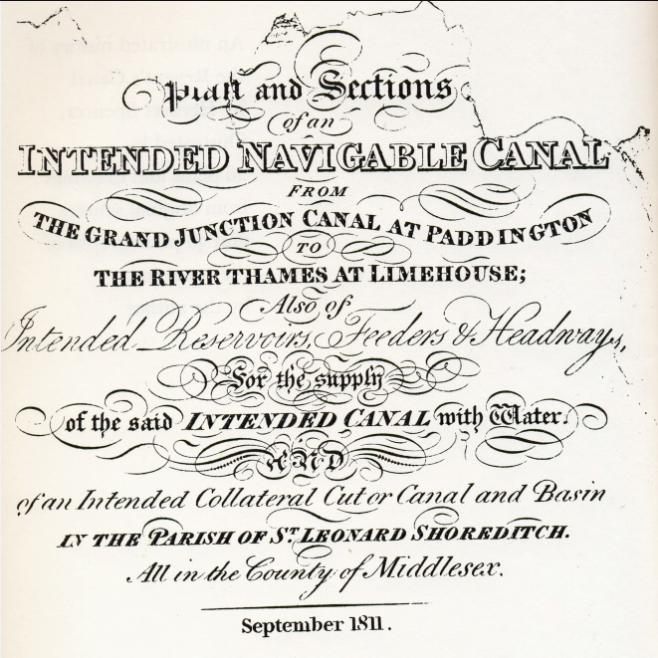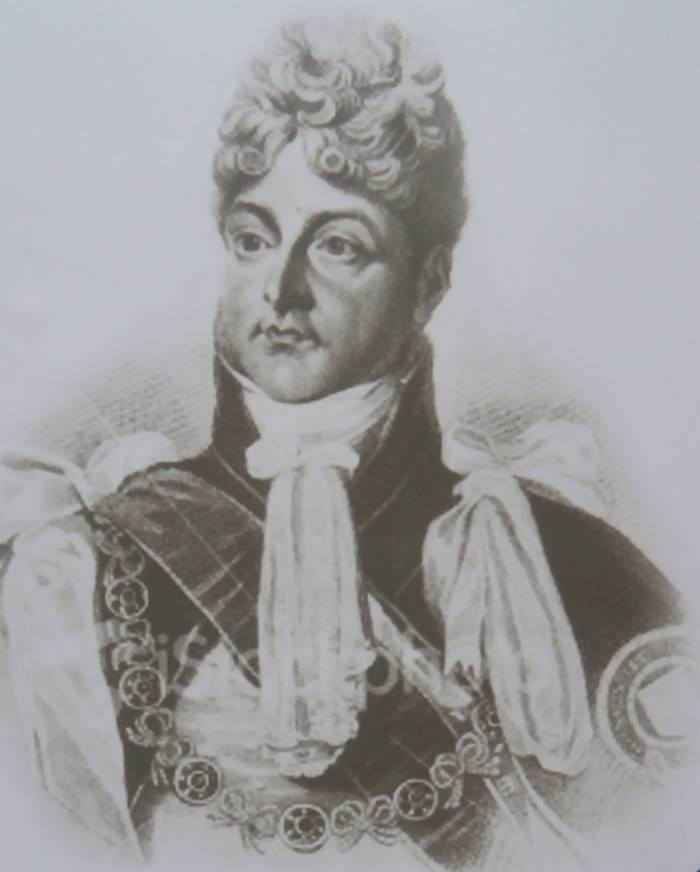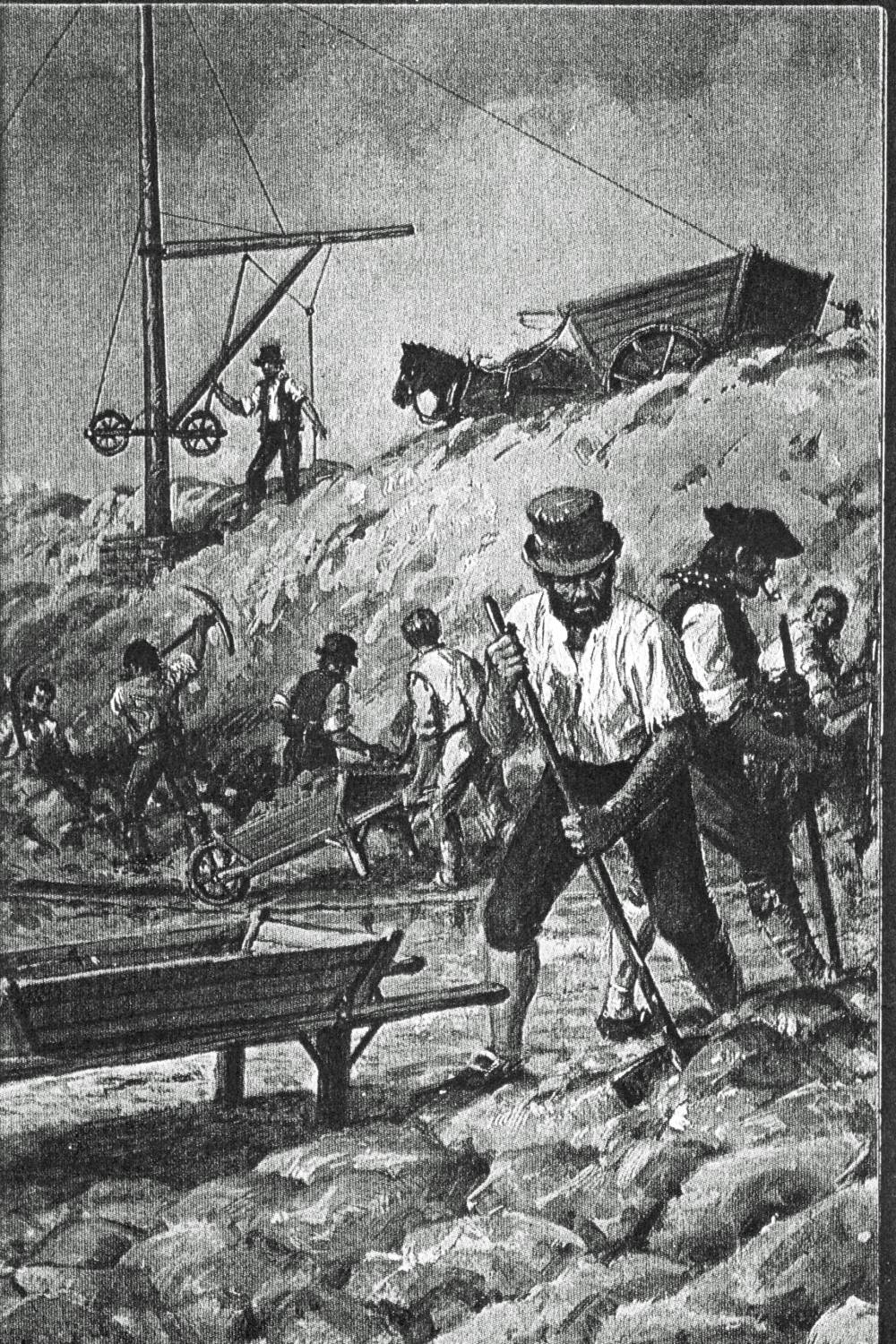CONSTRUCTION OF THE REGENT'S CANAL...
A BRIEF HISTORY
The Regent's Canal was conceived in a coffee house in Percy Street, just off Oxford Street, on 31st May 1811. This was the scene of a meeting to discuss the possibility of a canal linking the Paddington basin of the Grand Junction Canal with the River Thames below London Bridge.
John Nash, the famous architect, and Thomas Homer, a businessman who was the inspiration of the project, agreed with other interested parties to proposals for an eight and a half mile long waterway. After publishing a prospectus to generate support a parliamentary bill was prepared. Although there was opposition and the journey through Parliament was stormy, the Regent's Canal Act was passed on 13th July 1812. Nash planned the canal would enhance another of his projects - the newly completed Regent's Park - and was given permission by the Prince Regent (later King George IV) to name the canal after him.
After the Act was passed, the Regent's Canal Company was formed to build and operate the canal. James Morgan, Nash's business partner, was appointed as the Engineer and Thomas Homer as the Superintendent.
Construction started in Regent's Park in October 1812 and was completed on 1st August 1820. It occurred in two phases - October 1812 to September 1815 and August 1817 to August 1820.
The first phase concluded with the opening of the stretch from Paddington to Camden Town; the second with the opening of the remaining six miles down to Limehouse.
Throughout the construction period the Regents Canal Company suffered from a continual shortage of money and this led to a series of delays and complete stoppages. Moreover, two very serious setbacks threatened the whole project. Firstly, an innovative hydro-pneumatic lock design had to be abandoned at Hampstead Road and secondly, Thomas Homer breached the trust put in him and embezzled substantial funds in 1815.
The total cost of building the canal was £772,000, twice the original estimate, but it was completed nevertheless and no individual made more of a contribution than Colonel John Drinkwater, a first class administrator who had the ear of the Chancellor of the Exchequer.
|





